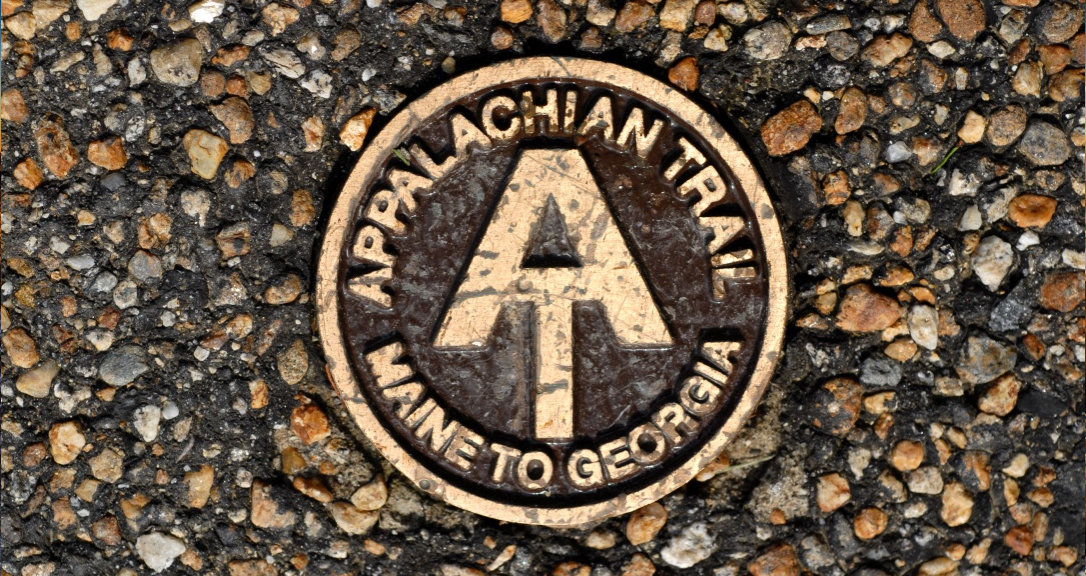Whether you are out on your land at night, with family or friends, or camping along the trails of a new hiking adventure, building a successful campfire is an indispensable part of the experience. Since humans first harvested the fires that started via lightning strike, it has been providing warmth in the cold, light in the darkness, and making us all a lot more social as we gathered around.
For countless generations, your family has likely relied on good backwoods fires as the centerpieces of gatherings and maker of memories, many of which are yours still today. This article will bring together the collective wisdom of the ages to instruct on how you can create the best campfires from start to finish, to help ensure that our oldest tradition continues to burn bright future into the future.
Step 1: Finding or Creating Your Fire Ring
The first thing you need to do is survey the site before starting your fire. If the site is brushy or has low-hanging branches, keep your fire small or search for a more cleared out area to build your ring. In dry conditions, fly-away embers could easily ignite a wildfire, so be aware of the nearby vegetation and wind direction.
Depending on the type of land you are on, there may be existing fire rings which generally are located in good areas, so look around and try to use them if possible. If you are on your own land, or that of a friend or neighbor, just be sure to find a clear spot with good wind shielding.
Next, you will want to clear away anything flammable from the area that you are building your fire ring. If possible, its best to utilize sand or gravel as the base of your pit area. Keep in mind that the extremely high temperatures of your fire may totally sterilize your soil in the area, so choose a place where you will not want to grow things in the future.
If you wish to build your fire on a large rock or hard surface, we recommend creating a fire mound to do so. This consists of a 6+ layer of non fertile dirt which acts as the base of the fire and can easily be swept off once your fire has finished.
Step 2: Gathering Wood for Your Fire
There are three categories of wood which are needed to start and maintain the best fire for your gathering. These are tinder, kindling, and firewood.
Tinder refers to the smallest parts of flammable materials which can be used to make starting your fire much easier. This includes small (thin) twigs, needles, forest duff, and dry leaves.
Kindling is the next step up in terms of size, generally referring to the smaller diameter dry sticks from the ends of broken dead branches strewn about along the forest floor. For the most part, these are best when smaller than 1” wide.
Firewood refers to all larger sticks and cut logs which are dry enough and large enough to burn long into the night, once the kindling has held flame to them long enough for them to ignite.
When foraging for firewood, be sure to focus only on collecting existing dead wood from fell trees and broken branches, as cutting live trees is not only unnecessary but ultimately will not work. Life wood is very resistant to burning, due to its high percentage of water by volume.
Step 3: Building Your Campfire
To begin you will want to arrange the tinder, kindling and firewood you have gathered into one of a few popular designs which promote the fast starting and sturdy base of your future campfire. Some of these designs are commonly referred to as the log cabin, pyramid, or teepee. These are pretty self-explanatory but here is a small description of each:
The log cabin approach will have you place two logs parallel to each other and two more logs perpendicular to the first two, creating a square with extended corners. This is continued upwards, with lots of kindling placed in the center and tinder utilized directly on the “roof”. Remember when using this method to leave enough room throughout to allow for some drafts to move and fan the flames.
The pyramid has you placing your largest logs, side by side, next to each other at the base (usually 4 in each layer), followed by the next smallest logs perpendicular on top and so on until you get to a more pointed apex with your smallest sticks. The kindling and tinder go on top and the fire burns downward to consume the largest logs last.
The teepee starts off with a small cone of near vertical kindling and some loose tinder piled in the center of your design. You get this burning and then carefully place larger logs, a few at a time, around the exterior, building a larger teepee.
Step 4: Lighting Your Campfire
In order to ignite your tinder, you will need either a lighter, matches, or other camping-style firestarter (think modern equivalent of flint). It can also be very helpful to have some sort of firestarter material, which is designed to catch flame very quickly and easily. This is not essential, but does make quicker work of the job.
After you light the tinder, begin to blow lightly at the base of your fire. This provides oxygen and airflow to your young fire, and will result in your larger and larger sticks igniting.
As you fire burns, be sure to move the embers to the center in order to help them burn completely. If you do this right, they will mostly become pure white ash by the time your fire is done.
Step 5: Extinguishing Your Campire
The best way to put your fire out is to pour sufficient water on it and to stir the ashes within your fire pit. You repeat this process until all of the ashes have been extinguished. To be as safe as possible, all of the ashes should be cool before you leave your fire site. It’s important to make sure your campfire is completely out before leaving it, and likewise not to leave it unattended throughout the duration of the burn.
If you have any tips or tricks from your years of making campfires, please be sure to leave them as comments so that we build on the collective wisdom of each other…just as we have for thousands of years. Happy Camping!







Latest comments